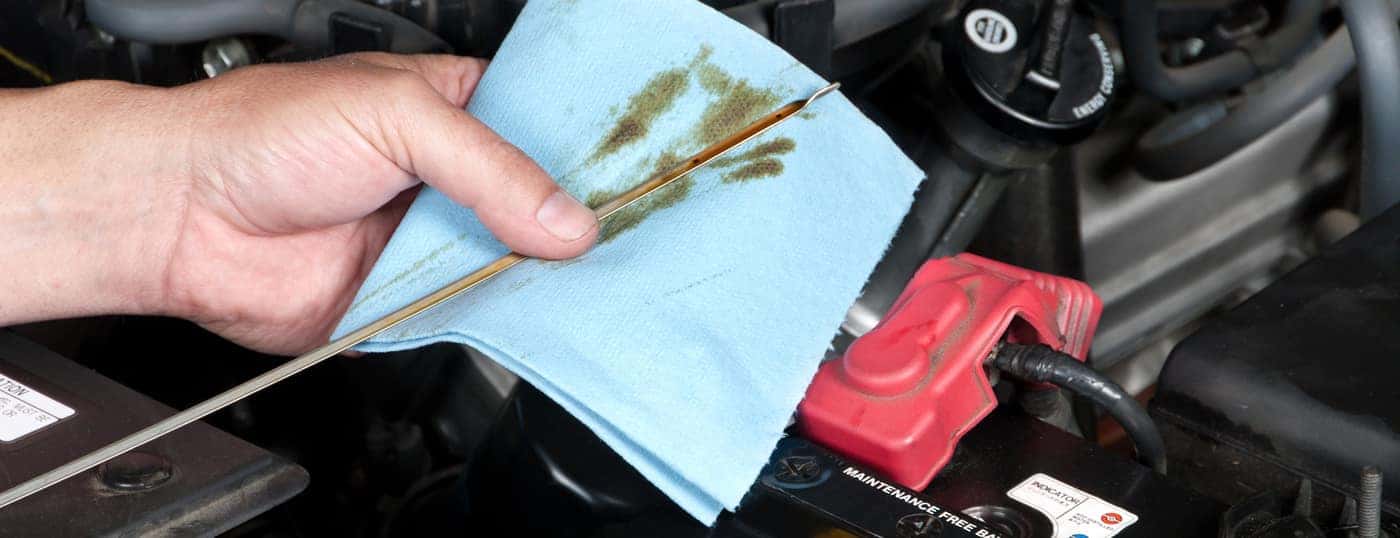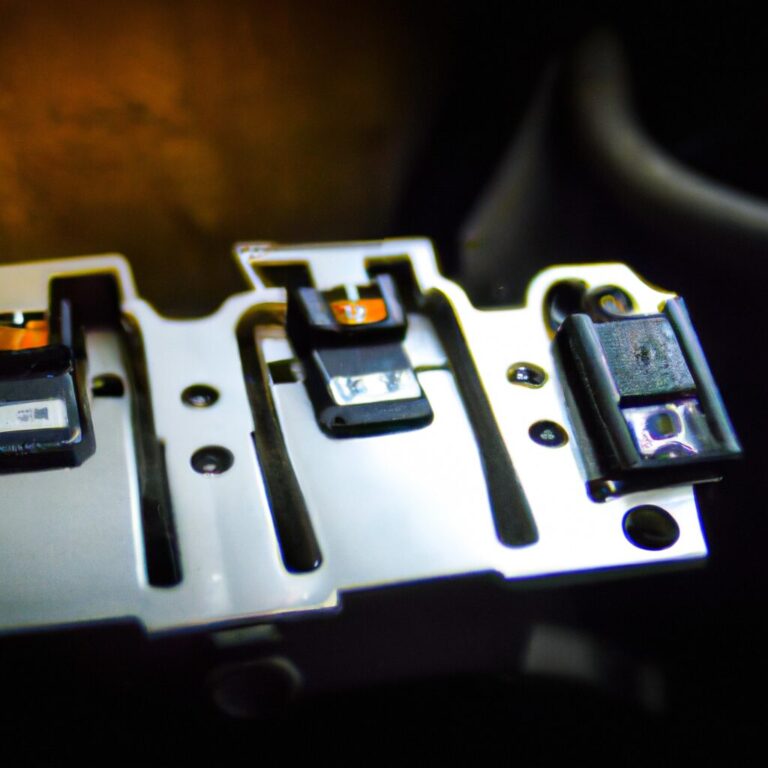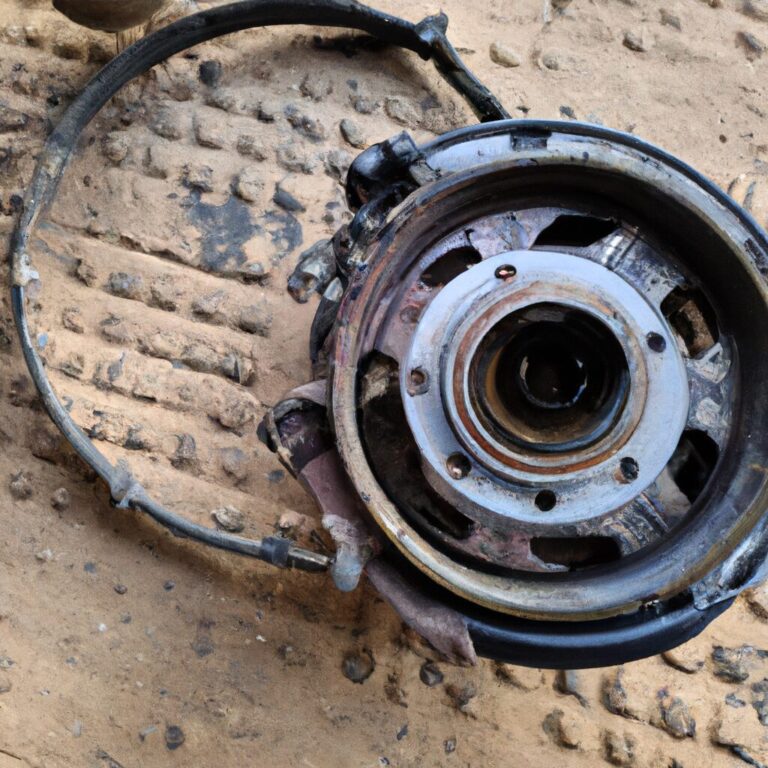What Is the Recommended Frequency for Oil Changes?
The recommended frequency for oil changes is typically every 5,000 to 7,500 miles or every 6 months. Regular oil changes help maintain the health and performance of your vehicle’s engine.
Ensuring that your car’s oil is changed at the recommended intervals is crucial for preventing engine damage and prolonging the lifespan of your vehicle. Neglecting oil changes can lead to sludge buildup, decreased fuel efficiency, and potential engine failure. By adhering to the recommended oil change schedule, you can keep your engine running smoothly and avoid costly repairs in the long run.
Remember, regular maintenance is key to keeping your vehicle in optimal condition.

Credit: www.aaa.com
The Importance Of Regular Oil Changes
Regular oil changes are essential for maintaining the health of your vehicle. Generally, it is recommended to change the oil every 3,000 to 5,000 miles or every six months. This helps to ensure proper lubrication, engine cleanliness, and overall performance of your car.
Preventing Engine Damage
An essential aspect of vehicle maintenance is regularly changing your car’s engine oil. Regular oil changes are crucial in preventing engine damage caused by friction and heat. Engine oil lubricates the moving parts of the engine, reducing wear and tear and preventing them from grinding against each other. Over time, oil breaks down and becomes less effective at lubricating the engine. This can lead to increased friction, heat build-up, and potential damage to the engine components. By adhering to the recommended oil change frequency, you can keep your engine running smoothly and avoid costly repairs.
Maintaining Performance
Regular oil changes not only protect your engine from damage but also help to maintain your vehicle’s performance. As oil ages, it becomes contaminated with dirt, debris, and metal particles from the engine. These contaminants can clog the engine’s components, impede oil flow, and reduce the engine’s efficiency. By changing the oil at the recommended intervals, you remove these harmful particles and ensure that fresh, clean oil circulates throughout the engine. This enables the engine to operate at its optimal level and deliver the performance you expect from your vehicle.
Factors Influencing Oil Change Frequency
Factors influencing oil change frequency play a crucial role in determining how often you should change your vehicle’s oil. Understanding these factors can help you maintain the health of your car’s engine and save on unnecessary maintenance costs.
Driving Habits
Regularly assess your driving habits to determine the frequency of oil changes. Stop-and-go city driving requires more frequent changes than highway driving.
Vehicle Age And Mileage
Consider your vehicle’s age and mileage when deciding on oil change frequency. Older vehicles or those with high mileage may need more frequent changes to ensure optimal engine performance.
Recommended Frequency For Oil Changes
Regular oil changes are vital to keep your car running smoothly. The frequency at which you should change your oil depends on various factors.
Conventional Oil Vs. Synthetic Oil
Conventional oil usually needs to be changed every 3,000 to 5,000 miles. Synthetic oil lasts longer, typically up to 10,000 miles before needing a change.
Manufacturer’s Guidelines
Follow your car’s manufacturer guidelines for oil change intervals. Some vehicles have specific requirements based on driving conditions and climate.
Consistent oil changes help prevent engine damage and maintain optimal performance. Skipping oil changes can lead to costly repairs in the long run.

Credit: www.jaguarlosangeles.com
Signs Your Car Needs An Oil Change
Is it time for an oil change? Discover the signs your car needs one, and understand the recommended frequency for oil changes to maintain optimal engine performance. Keep your vehicle running smoothly with regular oil changes.
Dashboard Warnings
If you are wondering when to change your car’s oil, paying attention to the warning lights on your dashboard is crucial. Modern vehicles are equipped with advanced sensors that monitor the oil quality and engine performance. When these sensors detect that your oil is dirty or running low, they trigger a dashboard warning light to alert you. These warning lights may come in different forms, such as an oil can icon or a “Check Engine” light. Ignoring these warnings can lead to severe engine damage, so it’s important to address them promptly.
Visual And Physical Indicators
Aside from dashboard warnings, your car may exhibit visual and physical signs that indicate it needs an oil change. Taking the time to visually inspect your vehicle can provide valuable insights into its oil condition. Keep an eye out for these indicators:
- Dark, Dirty Oil: As oil circulates through your engine, it gradually collects dirt, debris, and contaminants. Over time, this causes the oil to darken and become thicker. If you check your oil dipstick and notice it appears dark and dirty, it’s a clear sign that an oil change is in order.
- Burnt Oil Smell: When oil becomes old and deteriorates, it can give off a burnt smell. If you notice a strong, unpleasant odor coming from your engine, it could indicate that your oil needs to be replaced.
- Engine Overheating: Insufficient or degraded oil cannot effectively lubricate the engine components, causing increased friction and heat. If your engine temperature gauge consistently rises above the normal range, it may indicate that your oil is no longer providing adequate lubrication, and an oil change is necessary.
- Engine Noise: Clean, properly functioning oil helps reduce friction between moving parts in the engine. When the oil breaks down or becomes dirty, you may start hearing unusual engine noises, such as knocking or ticking sounds. These noises often indicate that the engine is not receiving sufficient lubrication, and an oil change is needed.
- Poor Fuel Efficiency: Dirty or inadequate oil can increase friction and drag on the engine, making it work harder and consume more fuel. If you notice a sudden drop in your car’s fuel efficiency, it could be a sign that it’s time for an oil change.
Regularly checking for these visual and physical indicators will help you determine whether your car needs an oil change. Remember, keeping your engine well-lubricated with clean oil is crucial for optimal performance and longevity.
Consequences Of Neglecting Oil Changes
Wear And Tear On Engine Components
When you neglect regular oil changes, the engine components, such as pistons and cams, endure increased friction. This friction leads to premature wear and tear, causing severe and pricey damage to the engine over time. A simple and affordable oil change can prevent this unnecessary and costly destruction.
Reduced Fuel Efficiency
Without regular oil changes, the internal components of your vehicle’s engine become less lubricated, causing friction and heat to rise. This reduced lubrication leads to an increase in fuel consumption as the engine needs to work harder to compensate for the lack of proper lubrication. By staying on top of oil changes, you can maintain optimal fuel efficiency and save money at the pump.

Credit: www.toyotaoflouisville.com
Frequently Asked Questions Of What Is The Recommended Frequency For Oil Changes?
How Often Do I Really Need An Oil Change?
Your car should have an oil change every 3,000 to 5,000 miles or every three to six months.
Should I Go By Oil Life Or Mileage?
Base oil changes on mileage for optimal engine performance and longevity over relying on oil life monitors.
Is It Ok To Go 10000 Miles With Synthetic Oil?
Yes, it is OK to go 10,000 miles with synthetic oil. Synthetic oil is designed to last longer and provide better protection for your engine. However, it’s important to follow your vehicle manufacturer’s recommendations for oil change intervals to ensure optimal performance and avoid potential engine damage.
What Is The Best Interval To Change Engine Oil?
The best interval to change engine oil is typically every 3,000 to 5,000 miles or every 3 to 6 months, depending on your driving habits and manufacturer’s recommendations. Regular oil changes help maintain engine performance and prolong its lifespan. Be sure to consult your vehicle’s manual for specific guidelines.
Conclusion
To ensure optimal performance and longevity of your vehicle, adhering to the recommended frequency for oil changes is crucial. Regular oil changes help prevent engine damage, improve fuel efficiency, and maintain overall smooth operation. It is important to follow your vehicle manufacturer’s guidelines, taking into account factors such as mileage, driving conditions, and the type of oil used.
By staying on top of your oil change schedule, you can protect your investment and enjoy a reliable and efficient driving experience.


